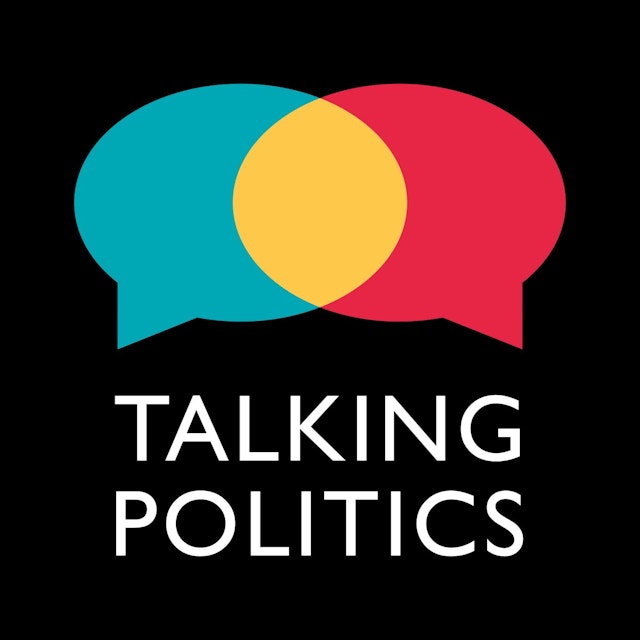David and Helen talk to historian Chris Clark about the 1848 revolutions and what they teach us about political change. What explains the contagiousness of the revolutionary moment? Is it possible to combine parliamentary reform with street politics? Where does counter-revolution get its power?
The revolutions of 1848 started with a small civil war in Switzerland in 1847.
- In 1848, there was a cascade of simultaneous uprisings across the continent. There were the spring revolutions; then in the summer, the liberal and conservative wings began to fight each other.
- In the autumn, counter revolutions began in earnest. But the left revived itself, launching revolution 2.0. Finally, in the summer of 1849, the counter revolution largely prevailed.
These were revolutions about political and social order, but also about national order.
- The Hungarians, for example, declared independence from Vienna and fought not just against the Austrians but against a range of other nationalities.
What accounts for the simultaneity of these revolutions?
- A continent-wide socio-economic crisis began with an agrarian crisis in 1845. Food became much more expensive at a time when people spent most of their money on food.
- The agrarian crisis then triggered a downturn in trade and consumption.
Why wasn’t there a revolution in Britain?
- One reason is that the country was so efficiently policed.
- Another is that Britain was able to export potentially problematic people to the colonies.
- The imperial economy also allowed them to outsource price-shock problems.
The forces of counterrevolution were primarily those of monarchism and money.
- Europe already had an order, the order of 1815; monarchs wanted to restore it.
- Revolutions are spontaneous, but counterrevolutionaries can bide their time strategically.
- The liberal great powers didn’t support the revolutions, but the conservative ones supported the counter revolutions.
- You can also read this as the death throes of the counterrevolutionary order. They won’t make common cause again.
The revolutions of 1848 combined radical street politics with legislative politics. The institutional side of the revolution seemed to win.
- Constitutions proliferated after 1848.
- The tense relationship between the street and representative processes is at the core of what these revolutions were about.
- Chris’ lecture on the 1848 revolutions for the LRB
- And his LRB essay
- From our archives… Why Constitutions Matter with Linda Colley
- In Our Time on the Taiping Rebellion
- Our History of Ideas series… Marx and Engels on Revolution
- And Rosa Luxemburg on Revolution
- The TP guide to… European Union before the EU
The podcast TALKING POLITICS is embedded on this page from an open RSS feed. All files, descriptions, artwork and other metadata from the RSS-feed is the property of the podcast owner and not affiliated with or validated by Podplay.
